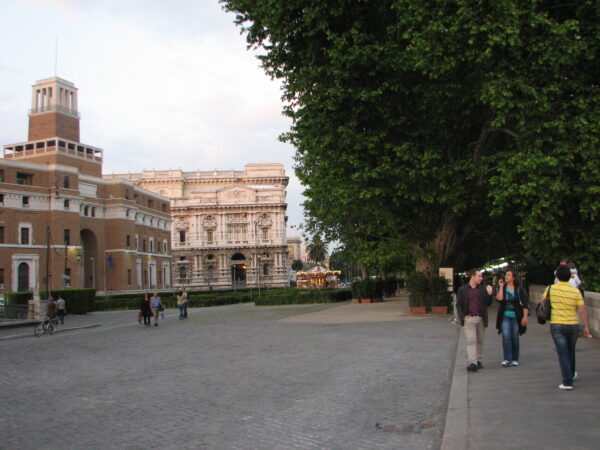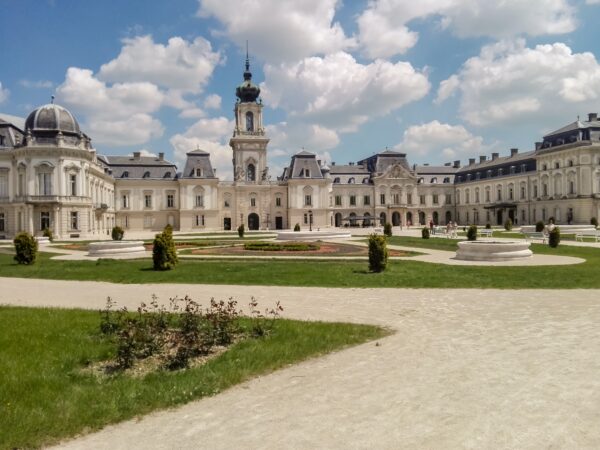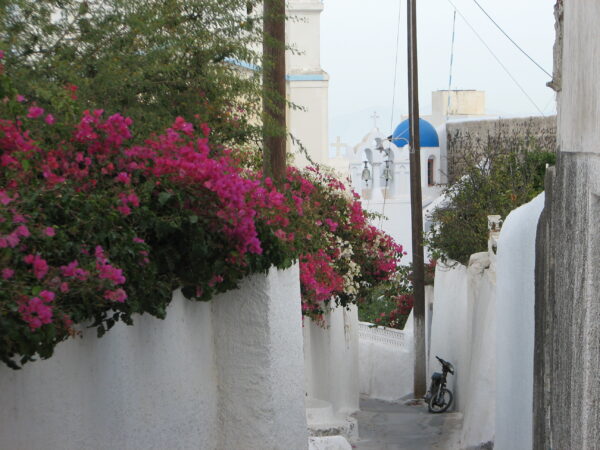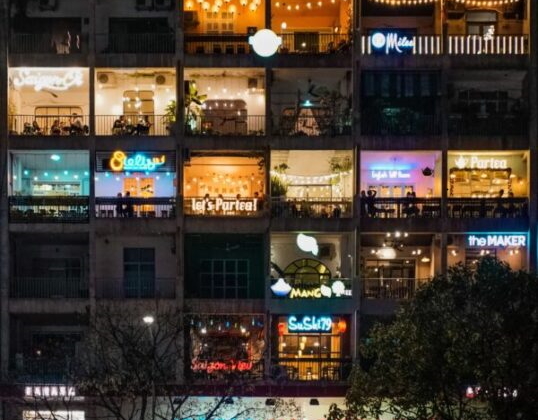Paragon City can be introduced on different scales, including neighborhood units, part of the city, city, and metropolitan areas. These scales fit in the categories which we will explain below. in the scales of city and metropolitan areas, you can define more than one category, just in case, the sample covers the values of that category.
Note: these categories can be applied to all geographical districts in cities and terms of scale, can be defined in different scales including neighborhood units, part of the city, city, and metropolitan areas

Eco-Museum
Eco-museums are the district that has conservative values, natural and cultural characteristics and attractions, harmonic with nature architecture, and most important of all, they are live sites. This means the local communities with special cultures and customs live in these places. These areas usually don’t have any specific geographical boundaries. They act as a way to introduce and understand the moral heritage and protect the local communities’ culture.

Historical-Museum Cities
Unlike the traditional view to the museums, which knew the museums as buildings to preserve and exhibit the valuable historic, cultural, artistic, etc phenomena, the modern approach to museums has been changed and takes a meaning more than just a single building. A city or a district with valuable cultural and historic characteristics can be known and act as a museum.

Urban-Public Art
Public art is different from the kind of art that is created for museum exhibitions or the artworks that are collected by people. In general, public art includes statues, mosaics, fountains, handicrafts, multimedia videos, installations, environmental artworks, decorative or functional elements designed by an artist, and wall paintings. If an artwork doesn’t be unique or original, it doesn’t count as public art. By this definition, cities or districts that benefit from public arts in their urban spaces in a way that can be known as a museum of such art can be placed in this category.

Educational & University Town
Some cities were shaped in a way that universities and educational facilities became the most effective elements in their economy, culture, society, and other urban dimensions. The existence of several universities or a single powerful and effective university in a city or district can affect that district strongly.

Greens
A green city is a city in which environmental sustainability is a determinant factor. Such a city respects nature and the environment and makes life pleasant for residents. In a green city, harmony can be seen between the environment and the city. Using clean energies, clean transportation and public transportation, pedestrian-oriented movements, biking, reducing waste production and using recycle policy, high quality of climate, building’s compatibility and combination with the environment and green spaces are some of the criteria for a green city.

Smart Cities
Smart cities are the cities in which the city synchronized itself with the technological progress’ speed and ability to respond to the technological needs of 21-century humans. Real-time citizen’s accessibility to information is one of the most important factors in such cities.

Innovative
To name a city innovative, three main factors are required, including the residence of the creative class, the existence of a middle connector layer, and the presence of innovative companies. Innovation is the next stage of creativity and knowledge and means a level of blooming and expansion of an idea. The existence of project spaces and places for generating and publishing knowledge in innovative cities or districts is an essential issue. Science and technology parks are placed in this category.

Multicultural
Multiculturalism is a factor that can preserve cultural and intellectual diversity in a community and make a connection between different cultures. Cities and districts that can use their cultural potential to increase links between their community members and reduce the social gaps, can achieve more sustainable communities and more successful urban spaces.

Inclusive & Accessible
Child – Friendly – Age-Friendly – Disabled – Friendly
The cities which give all of their community members the opportunity of presenting and being active have the opportunity of using the material and spiritual potentials of these groups and having lively residents and spaces.

Recreational & Touristic
This category includes cities and districts which have touristic characteristics and had been successful in a tourist attractions or have the potential of attracting tourists. Districts with historic heritage and elements, special natural characteristics, and recreational areas are placed in this category

Spiritual Cities
In cities with spiritual characteristics, spiritual and heartsome elements can be seen and felt all over the city and make a relaxing atmosphere for residents’ and visitors’ souls and minds. These elements can include elements related to religious or peaceful beliefs or special philosophies.
If your ideal city doesn’t fit in the categories mentioned above and has special characteristics that attracted your attention and you found it necessary to propose it worldwide, please share its description and documents with us.


